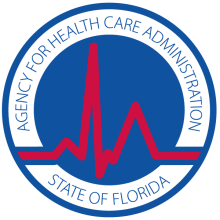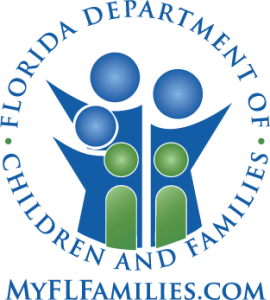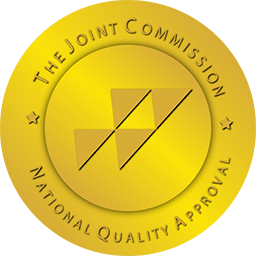Transitions Recovery Program
Make The Call That Can Save A Life
Transitions Recovery Program –
The opioid addiction crisis doesn’t seem to be slowing down here in the United States. Because of this, efforts to treat patients with different drugs to prevent deaths have been amped up in order to combat this ever-growing opioid war.
Every day people are experiencing pain and need some sort of medicine to relieve them of that pain. Because everyone experiences pain differently, this process to ease off the opioids and introduce less addictive painkillers has become incredibly hard. While oxycodone, hydrocodone, morphine and codeine drugs should be a patient’s last resort, they are still the best option in treating pain.
As an alternative, some pharmaceuticals have put their faith in longer-acting anesthetics, but this type of medicine may be years away and might not completely replace opioids. Take Exparel for example. This is a common anesthetic used during surgical procedures for numbing. It lasts about three days and the effects of using this drug are known, which means it can be developed faster for pain treatments. But the process to develop this drug for pain use is still a challenge with a long road ahead.
Another approach is the use of an anti-epileptic drug, carbamazephine, which has a long-lasting effect and can have limited side effects. The product, called NeuroRelease, is said to last 14 days and could compete with Exparel on price and duration. Both drugs will first target surgical pain and then move to chronic pain.
As with entirely new medications, they have an even longer road ahead. These have emerged in the last decade and target a compound called nerve growth factor. In testing they worked well, but almost too well. Some patients experienced so little pain after taking these drugs that their conditions actually got worse and they needed joint replacements.
But why? Because chronic pain usually lasts longer than three months, patients who take prescription drugs become tolerant to them, forcing them to take higher doses for a longer period of time.
Another nerve growth factor drug, tanezumab, may hold the key to reducing chronic pain, but it also has a couple of years before finishing phase 3 trials on patients. The drug has already experienced delays from the FDA and on top of that, still is a long trial program of five years.
Yet, tanezumab is the drug that, between 2005 and 2012, worked better than any other product on the market. However, the FDA recently granted a new fast track designation that could expedite tanezumab’s timeline. This could also speed up the development and approval of any new drugs where there is currently an unmet medical need.
Unfortunately, drugmakers will still experience much difficulty in developing drugs that can relieve pain and not get people high. It will continue to be an uphill battle, especially because opioids are currently the only option to combat chronic pain. Yet it is a battle that is worth fighting for, to once and for all rid this addiction from our society and treat patients with drugs that will have long-lasting, positive effects on their health and mind.

















